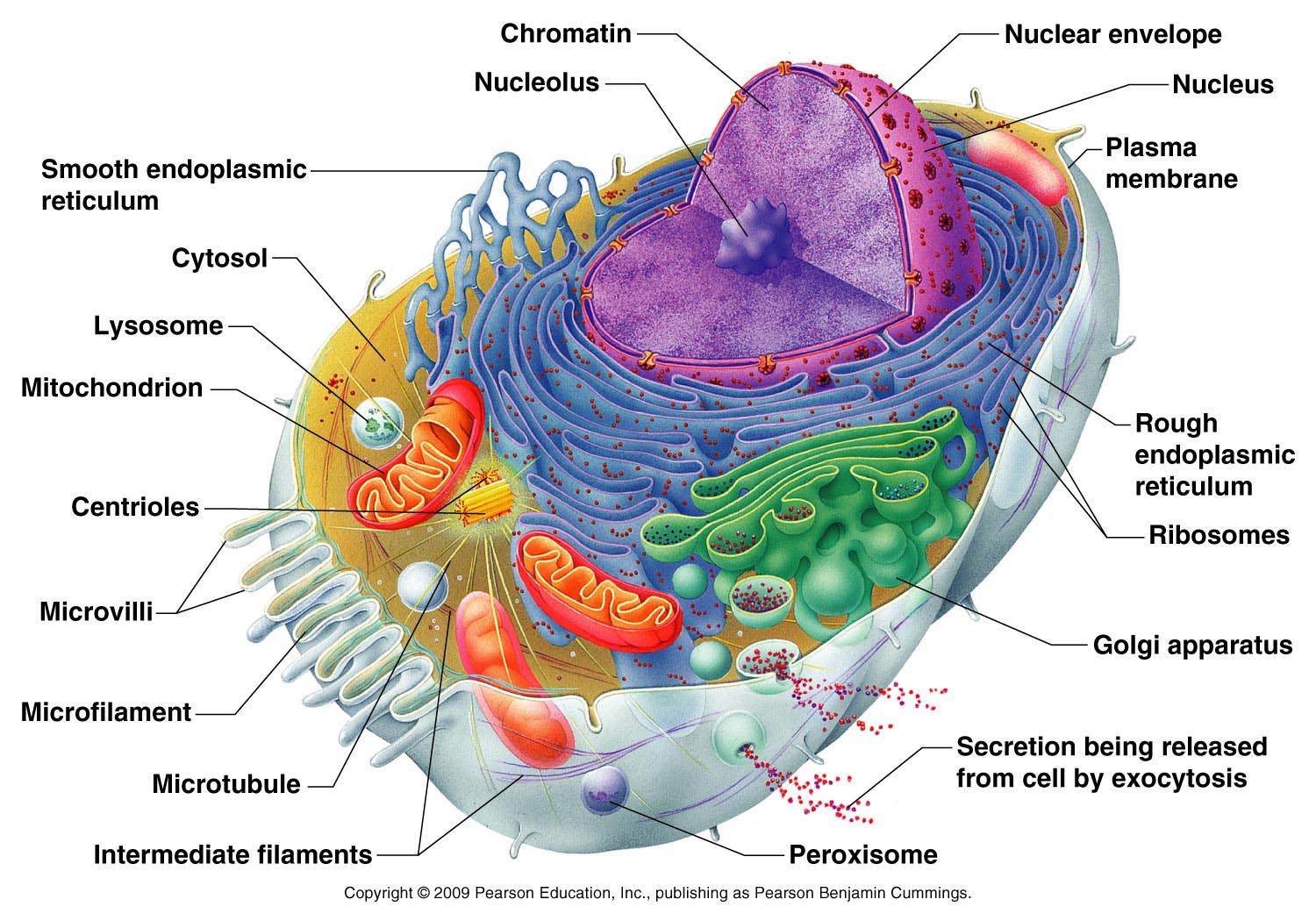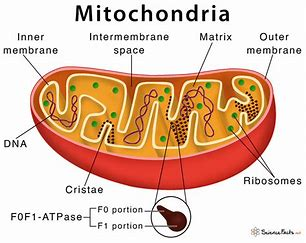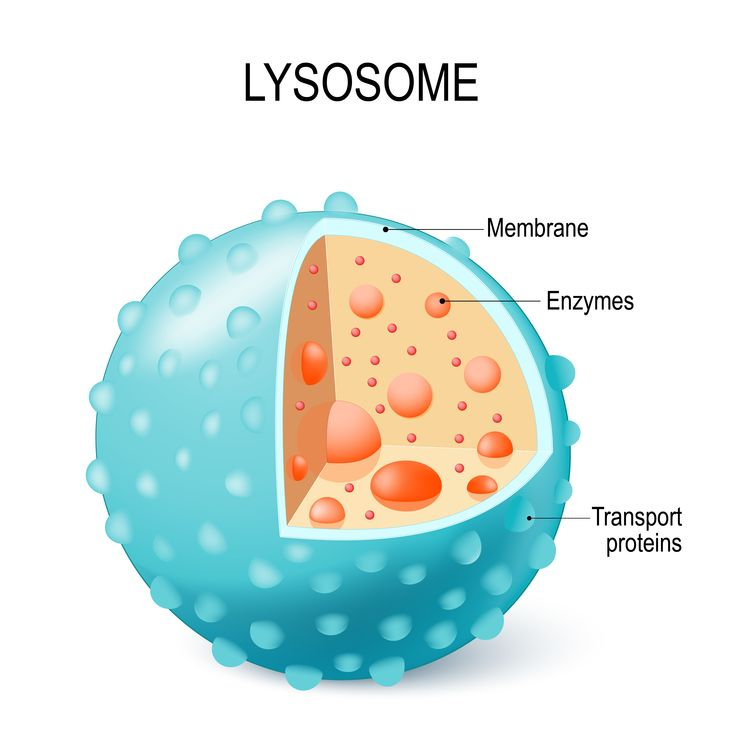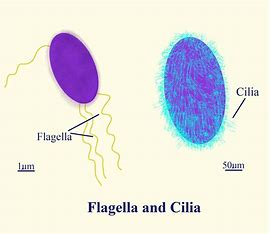Cell: Types & Structure
The basic unit of life is the cell. Cells are the smallest and simplest living organisms that can perform all the functions necessary for life. Cells are the building blocks of all living things, from bacteria to humans. Cells have different shapes, sizes and structures depending on their function and type.
Cells can be divided into two main types: prokaryotic and eukaryotic. Prokaryotic cells are simpler and lack a nucleus and other membrane-bound organelles. Eukaryotic cells are more complex and have a nucleus and other organelles that perform specific tasks. All living things are made up of one or more cells, and cells arise from pre-existing cells by division.
The types of cells
There are two main types of cells: prokaryotic and eukaryotic.
Prokaryotic cells are the simplest and most ancient forms of life. They lack a nucleus and other membrane-bound organelles and have a single circular chromosome. Prokaryotic cells include bacteria and archaea, which are often found in extreme environments.
Eukaryotic cells are more complex and they have a nucleus that contains multiple linear chromosomes and other membrane-bound organelles that perform specialized functions. Eukaryotic cells include protists, fungi, plants and animals.
The structure of cells
Although cells vary in size, shape and function, they share some common features. All cells are surrounded by a plasma membrane that regulates the passage of substances into and out of the cell. All cells also contain cytoplasm, a fluid-like substance that fills the cell and contains various molecules and structures. All cells also have genetic material (DNA or RNA) that stores the information for making proteins, which are the main molecules that carry out the functions of the cell.
Some of the most important structures found in eukaryotic cells are:
- The nucleus: The largest organelle that contains the genetic material (DNA) organized into chromosomes. The nucleus controls the activities of the cell and is surrounded by a double membrane called the nuclear envelope.
- The mitochondria: The organelles that produce energy for the cell by breaking down glucose in a process called cellular respiration. They are the powerhouses of the cell. Mitochondria have their own DNA and can divide independently from the cell.
- The endoplasmic reticulum (ER): A network of membranes that extends from the nuclear envelope and is involved in protein synthesis and transport. There are two types of ER: rough ER, which has ribosomes attached to it and makes proteins for export or insertion into membranes; and smooth ER, which lacks ribosomes and makes lipids (fats) and detoxifies drugs.
- The Golgi apparatus: A stack of flattened membranes that receives proteins from the ER and modifies them by adding sugars or other groups. The Golgi apparatus also sorts and packages proteins into vesicles (small sacs) for transport to other parts of the cell or outside the cell. It consists of flattened membrane sacs called cisternae.
- The lysosomes: The organelles that contain digestive enzymes that break down worn-out organelles, foreign substances or food particles. Lysosomes also play a role in immunity and apoptosis (programmed cell death).
- The peroxisomes: The organelles that contain enzymes that break down fatty acids, amino acids and hydrogen peroxide. Peroxisomes also help to protect the cell from oxidative stress.
- The cytoskeleton: A network of protein fibers that gives shape, support and movement to the cell. The cytoskeleton consists of three types of filaments: microtubules, which are hollow tubes that form tracks for organelle movement and form the spindle during cell division; microfilaments, which are thin strands that enable cell contraction, crawling and pinching; and intermediate filaments, which are rope-like fibers that provide mechanical strength to the cell.
- The cilia and flagella: The hair-like or whip-like extensions of the plasma membrane that help with cell movement or moving substances along the surface of the cell. Cilia are short and numerous, while flagella are longer and fewer. Both cilia and flagella have a core structure called an axoneme, which consists of nine pairs of microtubules arranged around a central pair.
- The cell wall: A rigid layer that surrounds the plasma membrane of some cells, such as plant cells, fungal cells and some protist cells. The cell wall provides support, protection and shape to the cell. The cell wall is mainly composed of cellulose in plants, chitin in fungi and peptidoglycan in bacteria.
Points to Ponder:
For producing simple pin requires studious planning and execution, is it possible for such diverse and multi-functional object like cell to form and work on its own?















Comments
Post a Comment